Daphne the Duck has quickly become one of the most sought-after amigurumi patterns for crocheters looking to create an adorable waterfowl companion. This versatile pattern allows crafters to create either a classic yellow Pekin duck or a distinctive green-headed Mallard, making it perfect for personalized gifts or craft fair inventory. At approximately 6.5 inches tall when complete, Daphne the Duck strikes the perfect balance—substantial enough to showcase intricate details yet compact enough to complete in just a few evenings.
What Makes Daphne the Duck Special Among Amigurumi Patterns
Daphne the Duck distinguishes itself from other crochet duck patterns through its thoughtful design elements that create maximum visual impact with minimal complexity. The pattern’s clever construction allows for creating two distinctly different duck varieties—the classic yellow Pekin duck beloved in children’s books and the instantly recognizable Mallard with its distinctive green head and brown body—all from a single pattern.
Unlike many bird amigurumi that rely on complicated stitches or difficult-to-master techniques, Daphne the Duck employs standard amigurumi methods with a few ingenious design elements that bring the character to life. The result is a charming duck with personality that appeals to crafters and recipients alike.
What truly elevates this pattern is the attention to authentic details—from the perfectly shaped bill and paddling feet to the subtle curves of the wings and the characteristic tuft of feathers on top of the head. These elements combine to create a duck that captures the essence of the real bird while maintaining the adorable stylized proportions that make amigurumi so appealing.
Essential Materials for Creating Daphne the Duck
Before beginning your Daphne the Duck project, gather these key supplies:
- 4.0mm (G) crochet hook—smaller than typically recommended for worsted weight yarn to create tight amigurumi stitches
- Worsted weight yarn (medium weight 4) in various colors depending on which version you choose:
- For Pekin Duck: Yellow (main color, 75 yards) and orange (bill and feet, 16 yards)
- For Mallard Duck: Brown (body, 35 yards), green (head, 20 yards), dark brown (wings, 14 yards), white (neck ring, 3 yards), and orange (bill and feet, 16 yards)
- Polyester fiberfill stuffing
- 12mm safety eyes (or embroidery thread for child-safe alternatives)
- Tapestry needle for assembly
- Stitch markers to track rounds
- Scissors
The modest yarn requirements make Daphne the Duck an excellent stash-busting project. Many crafters create both versions using remnant yarn from larger projects, maximizing the value from their yarn collection while producing multiple adorable ducks.
Step by Step Creation Process for Daphne the Duck
The construction of Daphne the Duck follows a logical sequence that builds skills through each component:
- The bill creates the distinctive duck face with its oval shape and slight tapering. It’s worked flat initially, then joined in the round with decreases that create the perfect duck bill profile.
- The feet employ a similar technique to the bill but with extended proportions to create the characteristic webbed feet. The clever folding technique in the final round creates flat paddles perfect for standing or swimming positions.
- The body and head are worked continuously without separation, creating a seamless silhouette that enhances the finished appearance. Color changes for the Mallard version are placed at natural transition points that mimic the coloration of the real bird.
- The wings utilize simple increases and decreases to create gently curved shapes that lie perfectly against the body when attached. The folding technique used to close them creates a natural curved edge that enhances the dimensional effect.
- The unique hair tuft employs a brilliant chain technique that creates volume without complexity. This distinctive feature adds personality and authenticity to the finished duck.
- The tail uses strategic increases followed by a flat closing technique to create the characteristic upturned duck tail that balances the design visually.
Assembly progresses systematically, with each component positioned to create the characteristic duck posture. The pattern provides clear guidance on positioning, including specific stitch counts for precise placement of each element.
Mastering the Techniques Needed for Daphne the Duck
Working through the Daphne the Duck pattern builds several valuable amigurumi skills:
- Magic ring starts for clean beginnings on most components
- Working oval shapes for the bill and feet
- Invisible decreases (SC2tog worked through front loops only) for smooth shape transitions
- Strategic color changes that enhance dimensional features
- Working continuously without joining rounds to eliminate seam lines
- Proper stuffing techniques for maintaining shape
- Assembly methods that create natural posture and movement suggestions
The pattern introduces these techniques within a manageable project scope, making it perfect for advancing beginners looking to expand their amigurumi repertoire. Each technique is presented in context, showing how it contributes to the overall design rather than appearing as an isolated skill exercise.
Customizing Your Daphne the Duck Creation
One of Daphne the Duck’s greatest strengths is its adaptability to personalization:
- Color schemes can transform the character completely—from classic yellow and mallard versions to fantasy-inspired color combinations
- Size adjustments are possible by changing yarn weight and hook size—using bulky yarn with an appropriate hook creates a larger duck without altering the pattern
- Facial expressions can be customized through eye placement and embroidered details
- Adding accessories like little scarves, hats, or even tiny bread slices creates themed versions for different occasions
- Position modifications in the wings, feet, and tail can suggest different poses—from swimming to waddling to flying
Many crafters report that Daphne the Duck made with super bulky yarn creates a delightfully huggable larger version perfect for younger children, while maintaining the pattern’s charming proportions and character.
Perfect Occasions for Creating Daphne the Duck
Daphne the Duck makes an ideal project for numerous occasions:
- Nursery decorations for duck or pond-themed baby rooms
- Spring or Easter-themed craft fair inventory
- Bath time companions for toddlers
- Reading buddies for children’s stories featuring ducks
- Decorative elements for nature-themed home décor
- Gifts for duck enthusiasts or bird watchers
- Farm animal collections for playrooms or displays
The relatively quick completion time—most crafters finish in 3-5 hours—makes it feasible for last-minute gifts or market preparation. The modest yarn requirements also make it economical to produce in multiple versions, with many crafters able to create both duck varieties from their existing stash.
Why Daphne the Duck Appeals to Crafters of All Skill Levels
Though classified as an “advanced beginner” pattern, Daphne the Duck has a remarkable appeal across skill levels for several reasons:
- Beginners appreciate the clear, round-by-round instructions that build confidence with each component
- The accompanying video tutorial provides visual guidance for those who learn better by watching
- Intermediate crocheters enjoy the quick satisfaction of completing an adorable project in just a few sessions
- Advanced crafters value the pattern as a canvas for experimenting with color combinations and textural variations
The pattern strikes an ideal balance between being detailed enough for newer crocheters while not overwhelming experienced makers with unnecessary explanations. Each step builds logically on previous techniques, making the learning curve gentle yet rewarding.
How Daphne the Duck Compares to Other Bird Amigurumi Patterns
In the crowded field of bird amigurumi patterns, Daphne the Duck distinguishes itself through several key features:
- The two-in-one pattern value offers both Pekin and Mallard options from a single tutorial
- The proportions capture the distinctive waddling duck silhouette perfectly
- The construction methods create a sturdy, balanced finished product that stands independently
- The attention to authentic details satisfies both children and nature enthusiasts
While simpler bird patterns might use basic sphere shapes modified with minimal features, Daphne the Duck employs thoughtful construction to create anatomically suggestive forms. The body has subtle curves, the head features gentle tapering, and the feet have defined webbing—all contributing to a more sophisticated and realistic final appearance without adding undue complexity.
Enhancing Your Daphne the Duck with Advanced Techniques
For crafters looking to take their Daphne the Duck to the next level, several advanced techniques can enhance the finished product:
- Adding wire to the feet allows for repositioning and more dynamic poses
- Incorporating different textured yarns for the wings creates feather-like effects
- Using brush crochet techniques on the body creates a fuzzy, downy appearance
- Needle felting details onto the finished surface adds texture and color variation
- Creating environmental elements like lily pads or water ripples produces display-worthy vignettes
These enhancements build on the solid foundation the pattern provides, allowing crafters to express their creativity while maintaining the essential character that makes Daphne the Duck so appealing.
With its perfect combination of charm and accessibility, Daphne the Duck has earned its place as a beloved pattern in the amigurumi community. Whether you’re creating your first duck or adding to an extensive collection of handmade creatures, this pattern delivers consistent satisfaction through its thoughtful design, versatile application, and delightful results. From the moment you fasten off the final piece to the delighted reaction when gifting your creation, Daphne the Duck proves why it continues to enchant crocheters worldwide.


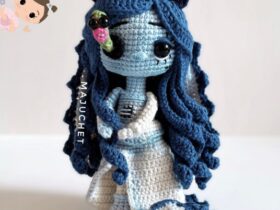
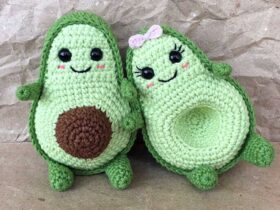
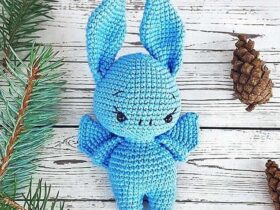
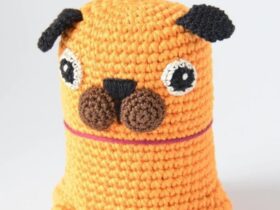

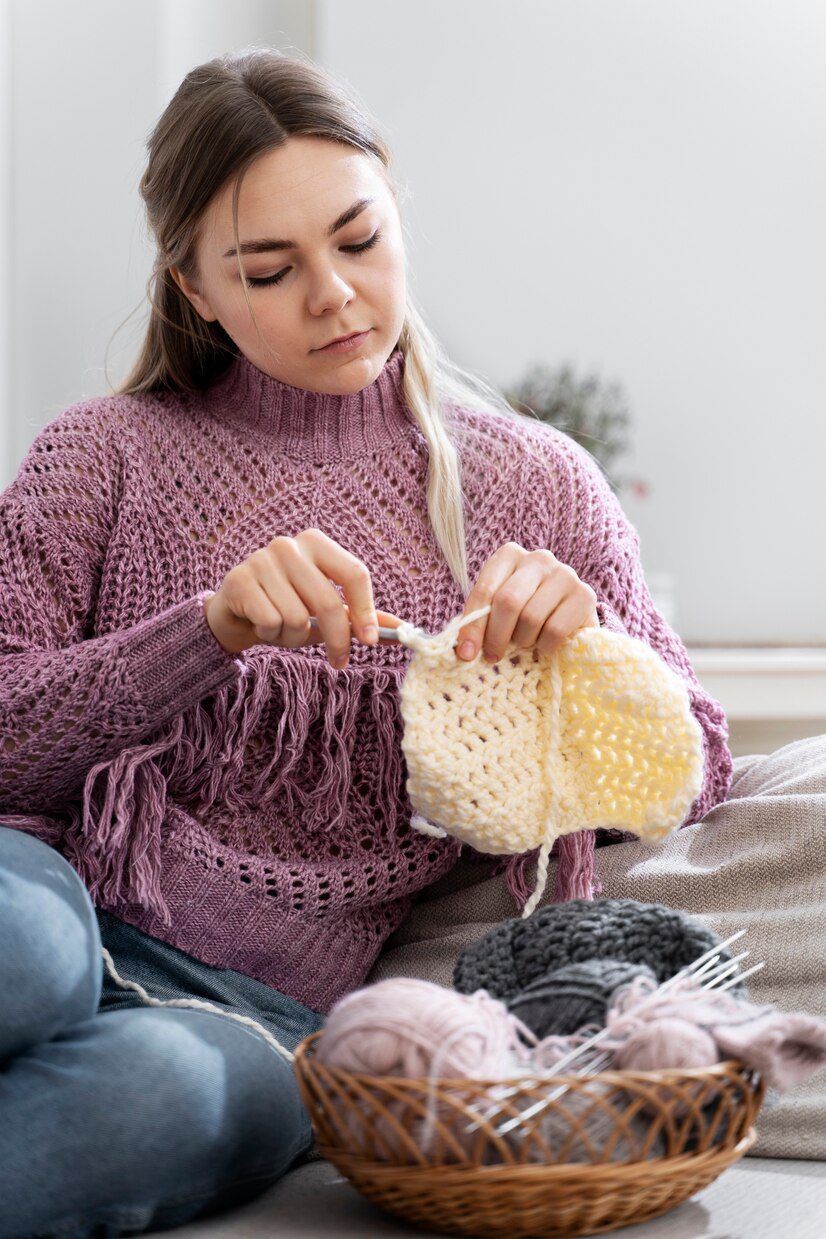

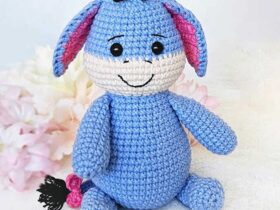
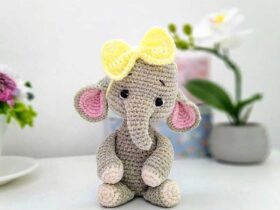
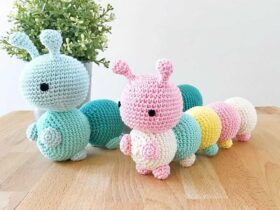
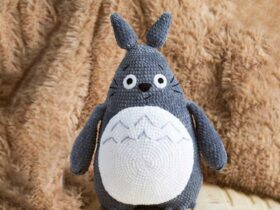
Leave a Reply